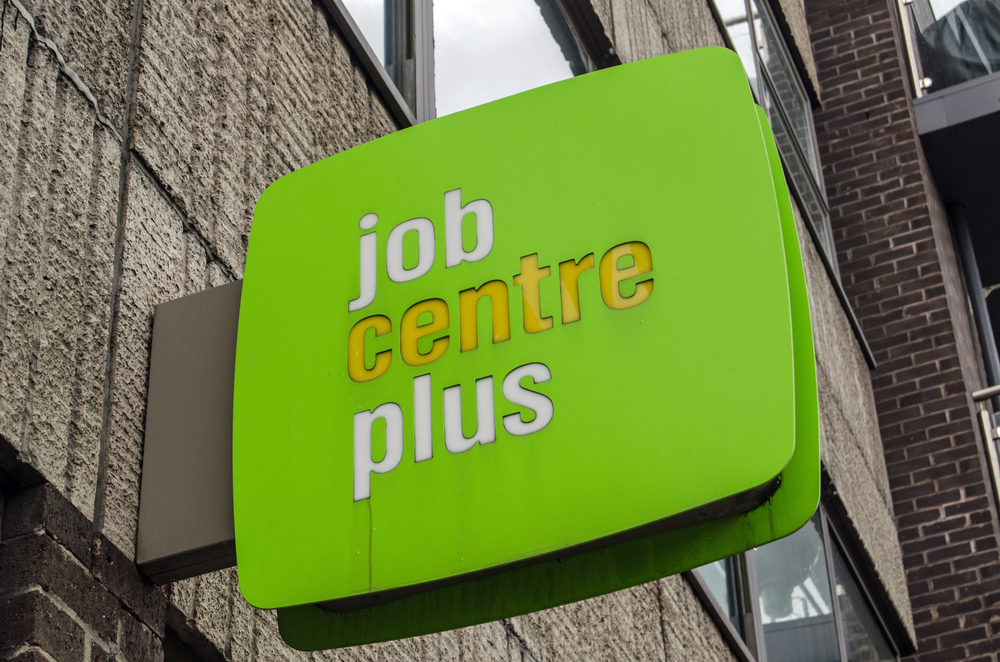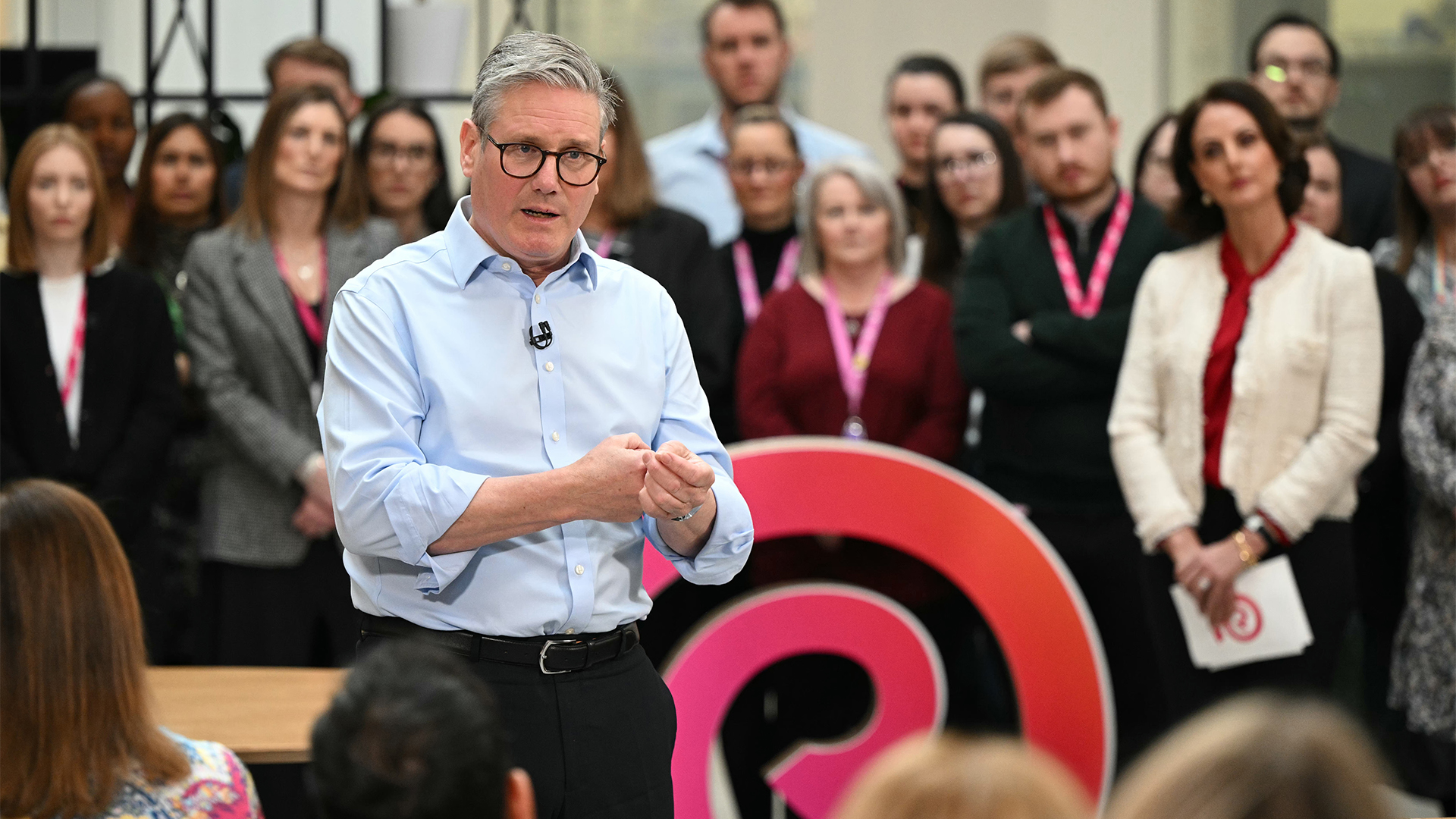UK government kicks-off Universal Credit roll out
Government’s welfare IT system ‘to reach 150 job centres by April’

The government's troubled Universal Credit welfare scheme is now being rolled out nationally.
The IT system, designed to merge six separate benefits into one payment, will be implemented in 150 job centres in the next two months under an accelerated delivery programme.
The new timetable, announced by work and pensions secretary Iain Duncan Smith last September, aims to introduce Universal Credit to all 700 job centres by February 2016.
Duncan Smith said: "This landmark event is a key part of our long-term economic plan, which guarantees you will always be better off in work than on benefits.
"The evidence today shows that under Universal Credit, people move into work more quickly and earn more money, giving them increased financial security.
"It is very impressive that we have seen these results so soon and that this is having a real impact on people's lives. This is a cultural change which will alter the landscape of work for a generation."
The Department for Work and Pensions (DWP) claims after four months of receiving Universal Credit, people will be 13 per cent more likely to be in work than those on Jobseeker's Allowance, citing research conducted in four job centres.
Get the ITPro daily newsletter
Sign up today and you will receive a free copy of our Future Focus 2025 report - the leading guidance on AI, cybersecurity and other IT challenges as per 700+ senior executives
The new roll out approach is a twin-track strategy where the DWP will continue to overhaul Universal Credit's flawed digital service while rolling out a live IT system.
This follows the DWP scrapping 34 million spent on developing the technology behind the digital service in May 2013.
The DWP aims to test the new digital service in summer 2015, and test its scalability in November 2016, eventually replacing the current live IT system as well as legacy benefit schemes in December 2017.
But the National Audit Office bemoaned the lack of a backup plan in a report published last November, warning that if the digital service proves unfeasible, using the current live service systems instead of digital systems would cost 2.8 billion more in staff expenses.
Additionally, the current roll out will not serve all benefit claimants, with only those based in Sutton currently testing the digital service's full functionality.
Single people whose benefits are among the simplest to process will be the main beneficiaries of the current roll out, but the DWP plans to expand the types of claimants able to use the service as time goes on.
-
 Cleo attack victim list grows as Hertz confirms customer data stolen
Cleo attack victim list grows as Hertz confirms customer data stolenNews Hertz has confirmed it suffered a data breach as a result of the Cleo zero-day vulnerability in late 2024, with the car rental giant warning that customer data was stolen.
By Ross Kelly
-
 Lateral moves in tech: Why leaders should support employee mobility
Lateral moves in tech: Why leaders should support employee mobilityIn-depth Encouraging staff to switch roles can have long-term benefits for skills in the tech sector
By Keri Allan
-
 Starmer bets big on AI to unlock public sector savings
Starmer bets big on AI to unlock public sector savingsNews AI adoption could be a major boon for the UK and save taxpayers billions, according to prime minister Keir Starmer.
By George Fitzmaurice
-
 UK government targets ‘startup’ mindset in AI funding overhaul
UK government targets ‘startup’ mindset in AI funding overhaulNews Public sector AI funding will be overhauled in the UK in a bid to simplify processes and push more projects into development.
By George Fitzmaurice
-
 UK government signs up Anthropic to improve public services
UK government signs up Anthropic to improve public servicesNews The UK government has signed a memorandum of understanding with Anthropic to explore how the company's Claude AI assistant could be used to improve access to public services.
By Emma Woollacott
-
 US government urged to overhaul outdated technology
US government urged to overhaul outdated technologyNews A review from the US Government Accountability Office (GAO) has found legacy technology and outdated IT systems are negatively impacting efficiency.
By George Fitzmaurice
-
 Government urged to improve tech procurement practices
Government urged to improve tech procurement practicesNews The National Audit Office highlighted wasted money and a lack of progress on major digital transformation programmes
By Emma Woollacott
-
 Government says new data bill will free up millions of hours of public sector time
Government says new data bill will free up millions of hours of public sector timeNews The UK government is proposing new data laws it says could free up millions of hours of police and NHS time every year and boost the UK economy by £10 billion.
By Emma Woollacott
-
 Three giant tech challenges the UK’s new government faces right now
Three giant tech challenges the UK’s new government faces right nowOpinion Five years starts now, and there’s not a second to waste
By Steve Ranger
-
 G-Cloud 13: UK government 'inhibiting' cloud SMEs' ability to adapt to harsher business landscape
G-Cloud 13: UK government 'inhibiting' cloud SMEs' ability to adapt to harsher business landscapeNews Suppliers on the cloud services portal have hit out at an extension to the current iteration of G-Cloud
By Ross Kelly